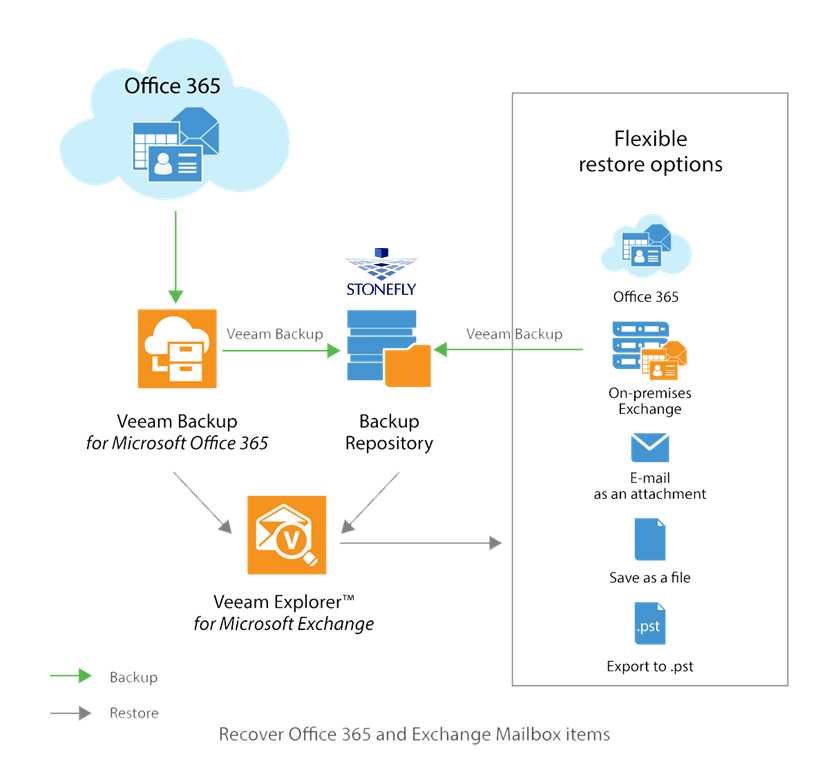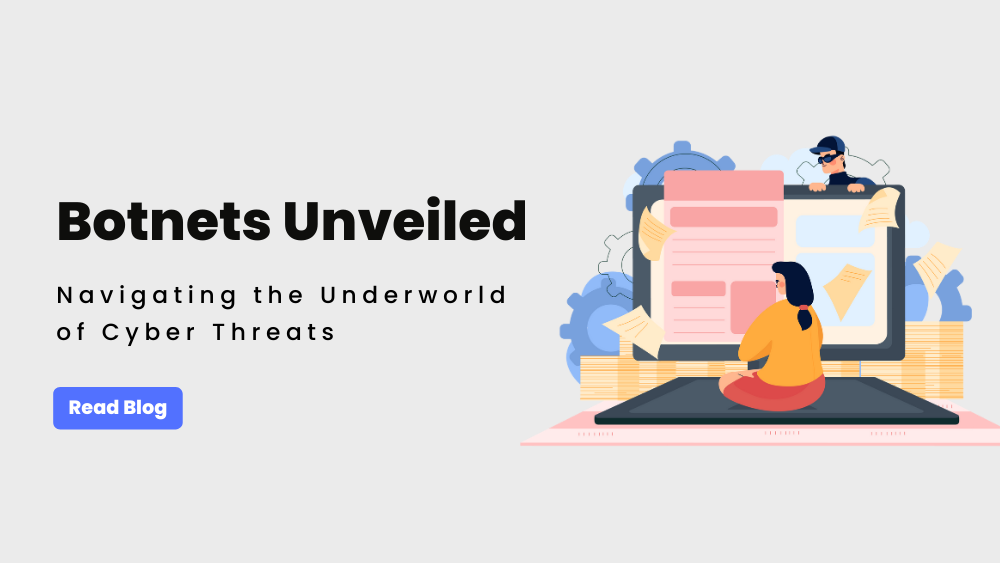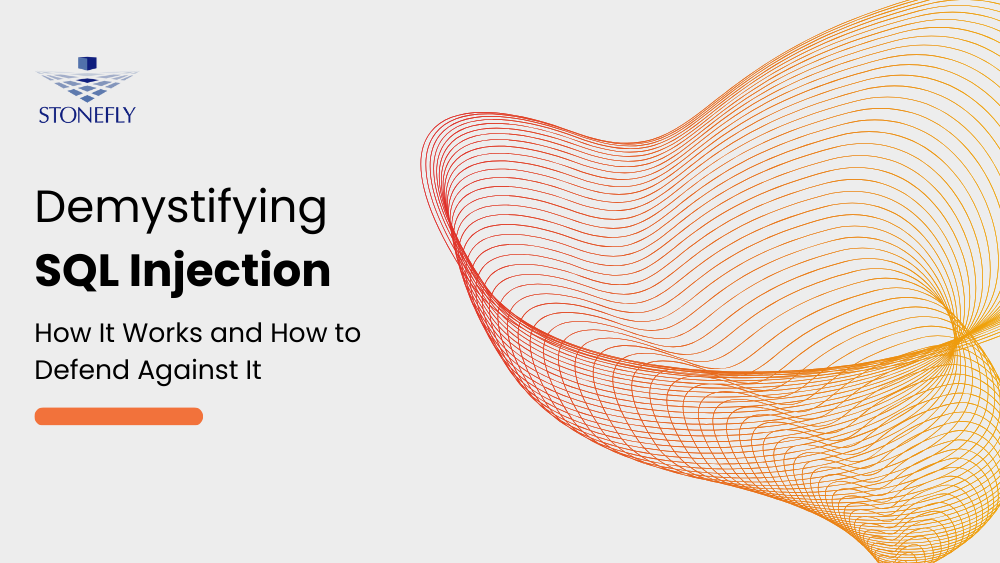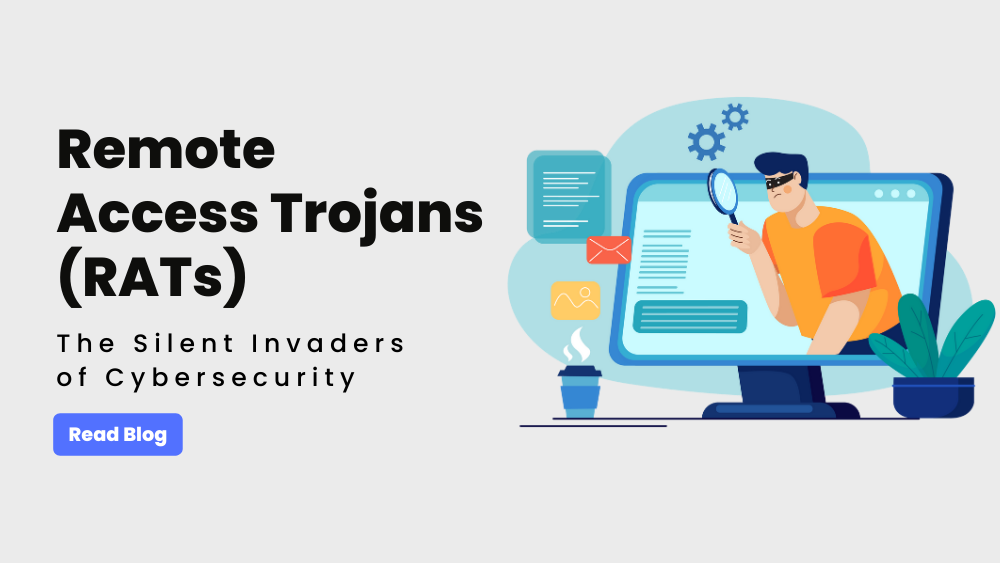Office 365 has become a crucial part of enterprise’ work environment. The continuous utilization of the combination of different applications has led enterprises to the realization of the features lacking in office 365.
Office 365 answers a lot of file sync and share challenges, and collaboration is made easier with the solution. However, security, archiving and cloud to cloud backup are some of the features not offered by Microsoft.
Enterprises simply cannot tolerate the loss of data and many compliance regulations require enterprises to retain this data for an indefinite period of time. Therefore a solution to the backup and disaster recovery (DR) challenge of Office 365 is essential for enterprises.
3 Challenges with Office 365

1. Email Security
Considering the threat landscape of today, there are a number of ways to disrupt an enterprise’s operational flow or comprise its data such as spam, phishing, email-borne viruses, ransomware, zero-day attacks and more. These circumstances demand for never ending vigilance.
Apart from the threats, companies are also required to protect the sensitive data they are trusted with; whether this means stopping the data from being sent out using Data Loss Prevention (DLP) policies or by securing the data in transit with encryption.
2. Archiving Office 365 Email
Archiving is necessary mostly for compliance regulations and future references. For instance, the healthcare and finance industries need to maintain records of their processed data. Healthcare industry needs to maintain patient data for future references as well. While, research organizations need to retain the data for future reference and research purposes.
There are compliance requirements that dictate that the enterprise keeps emails even after an employee has left the company, maintaining this data with Microsoft implies continuous payment for the utilized mailboxes.
3. Backup of Office 365 Data
Microsoft doesn’t provide the option of backup for Office 365 data. Why is it necessary to backup this data? For the same reason any data is backed up. It is to prevent data loss due to accidental deletions, malicious deletions, natural disasters and/or ransomware attack. As Microsoft does not offer any disaster recovery services with Office 365, it wouldn’t be wrong to assume that if there is no backup; the data is lost.
Veeam backup for Microsoft Office 365 addresses these challenges efficiently and in a cost effective way. This is the reason why Veeam’s solutions are employed by 74% of Fortune 500 companies.
How Veeam Backup for Microsoft Office 365 addresses these challenges

Veeam provides a number of options to enterprises when it comes to the aforementioned challenges pertaining to Office 365. Veeam enables you to maintain control of your data while it is protected.
Security Measures
Veeam office 365 backup enables enterprises to backup their office 365 data to on-premise backup appliances and use cloud connect service to replicate it over the cloud. This prevents ransomware and other data loss causes to completely erase the data because it is always recoverable. Using Veeam’s simple yet effective access control management, the data can be protected thanks to the backup in the backup infrastructure. If the data is configured to be immutable data, then ransomware and viruses are unable to affect this data.
If the ransomware or virus somehow manages to gain access to the on-premise backup then the offsite backup is still protected because ransomware or viruses simply cannot reach this backup.
Another preventive measure is StoneFly’s SCVM (Storage Concentrator Virtual Machine). The SCVM is capable of protecting its storage when a malicious threat is detected.
Archive in local infrastructure & the cloud
With Veeam Office 365 backup you get the option of archiving your archival data in your local backup infrastructure and/or the cloud. As archival data doesn’t require frequent access, it is better archived in storage tiers such as Amazon Glacier. There are several benefits of archiving Glacier. You get a cost effective and reliable storage solution while your local backup infrastructure is used for backup of data that is frequently accessed; this also contributes to cost efficiency.
Besides gaining access to Amazon Glacier, you are also able to archive in Azure Cool Blob Storage or you can use StoneFly’s private cloud as well. The solution enables you to pick from a number of innovative solutions depending on your organization needs.
Backup to local infrastructure & the cloud
Veeam’s solution facilitates hybrid backup by enabling backup into local infrastructure and the cloud. Enterprises can utilize both solutions for a reliable backup. The hybrid backup enables the migration of mailbox data between Office 365 and on-premises exchange deployment.

Summary
Office 365 is an efficient tool to accomplish many tasks but the drawback is that Microsoft doesn’t offer a backup and disaster recovery solution for it. As enterprises simply cannot tolerate data loss nor breaking laws and regulations, it is necessary to employ a third party service provider that delivers backup services. Veeam Office 365 backup provides options for enterprises to backup their data in both local infrastructure and the cloud; creating a hybrid backup solution. Enterprises can utilize this service to efficiently backup their office 365 data and optimize their operations without fear of critical data loss.









